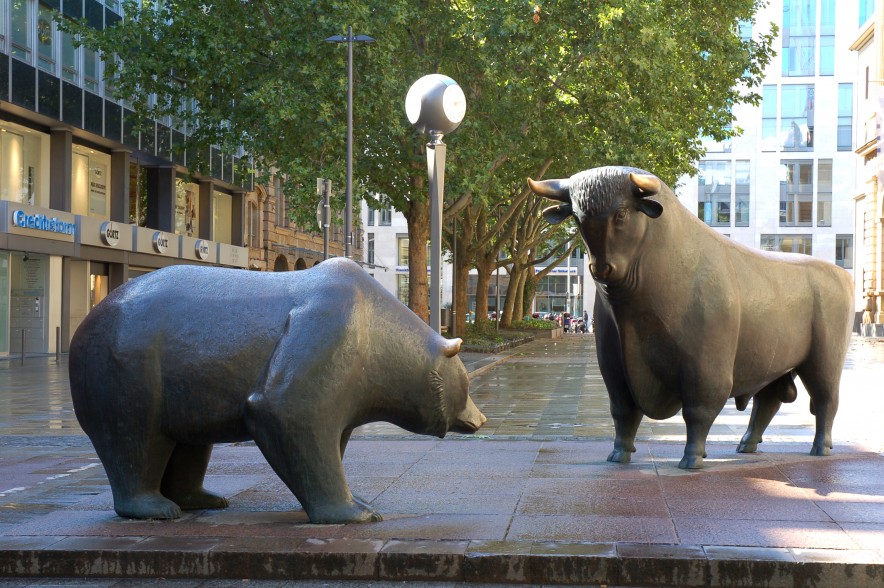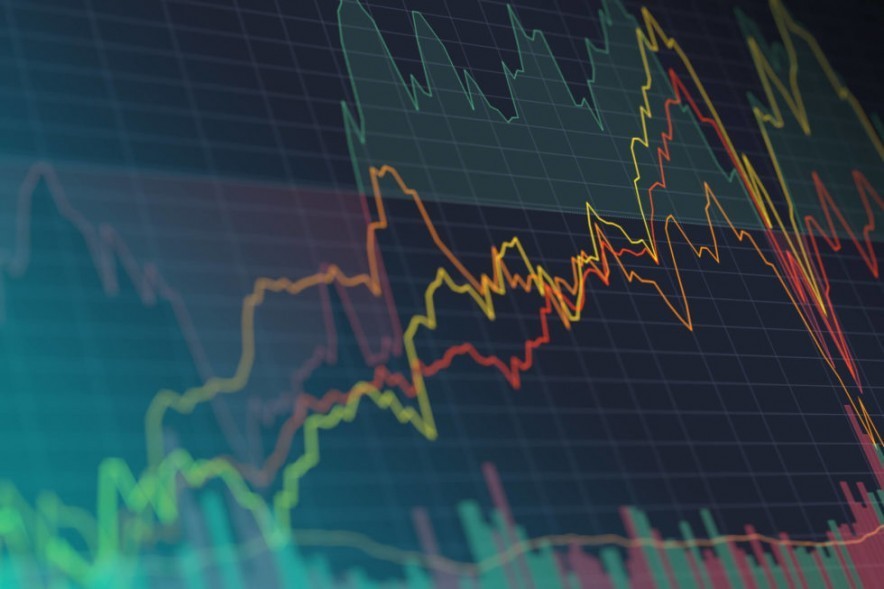Bull vs. Bear Crypto Market: What’s the Difference?
Nov 30, 2022, 2:59am
Historically, bull markets describe the rising of market value, while the bear market implies the falling of market value.
In the crypto world, the terms bull market and bear market have been adopted from their financial-market counterparts. Since you know the crypto market is volatile, prices can fluctuate rapidly, rising and falling in a matter of hours. It is, therefore, necessary for you to be well-versed to generate a consistent income from trading. For instance, if you have enough knowledge regarding chart patterns cheat sheets of the top 20 profitable chart formations, it will help you identify profitable trade setups.
So now come to the main business. Here in this article, we will explore the difference between crypto bull and bear markets. Let’s proceed!
Bull market: What Is It?
The term “bull market” was coined in traditional finance (TradFi), based on bulls’ fighting style: thrusting their horns upward. Investors have used this phrase, with its upward trajectory in mind, to refer to the general market mood. Bull markets are characterized by rapid upward movement in prices.
What Factors Contribute to a Bull Market?
A bull market is a period of rising stock prices, usually as part of an economic recovery. Economic expansion, rising gross domestic product (GDP), falling interest rates, and higher employment are the factors that cause bull markets. Traders sometimes pay too much attention to the general opinion of financial markets, which is influenced by market emotions. Given how investors are motivated, it’s easy to understand why bull markets tend to occur when several conditions exist.
Features of a Crypto Bull Market
Common behaviors and attitudes that define a bull market include:
- Poor supply despite high demand;
- A rise in market confidence among investors;
- Price increases that are sustained throughout time;
- Mainstream media and social media outlets are starting to mention cryptocurrencies;
- Overcharging for some projects
- hard price increases after positive news;
- A modest decrease in pricing when negative news is announced.
Bear Market: What Is It?
A bear market is when the prices of stocks and other securities are falling. An economic recession or financial crisis often causes a bear market. It can also result from negative investor sentiment, which puts downward pressure on share prices.
What factors contribute to a bear market?
When the economy first faces a downturn or immediately afterward, a bear market can begin. A bear market is usually caused by worsening economic conditions, such as hiring freezes and high inflation costs.
These indications suggest that a recession is beginning, which will affect most investors. As a result, many people will sell off their riskier investments and invest the money in safer ones like gold or government bonds.
Features of a Crypto Bear Market
Common behaviors and attitudes that define a bear market include:
- Price declines can last for a long time;
- The supply outweighs the demand;
- Investors’ lack of faith in the market;
- No mentions of cryptocurrencies on any social media or in the news;
- The general mistrust of cryptocurrency by experts and economists;
- Lower highs following excellent news;
- In the event of unfavorable news, lower lows.
Major Differences Between a Bull and a Bear Market
The major difference between a bull and a bear market is that they are opposite in nature.
Demand and supply
In a bull market, there is a high demand for cryptocurrencies and a low supply. Many investors want to purchase cryptocurrencies, but few are willing to give up their money.
However, in a bear market, many people are buying than selling. Because there is less demand than there is supply, prices are falling.
The Situation in the Market
A market enters a bull market when the GDP rises, while a market enters a bear market when the GDP declines. This is so because expanding GDP usually coincides with rising business income and employee wages. Conversely, GDP declines when business revenues are poor, and salaries are flat or declining.
Impact on the Economy
A slow economy and a bear market go hand in hand. Businesses’ earnings fall, and the economy suffers when customers don’t spend enough and companies don’t reach their revenue targets. On the other hand, a bull market is associated with a booming economy, in which earnings are stronger, and consumer spending is greater.
Conclusion
Cryptocurrencies are volatile assets, and their value is in constant flux. Trading in the crypto market differs from trading on the stock market. Since there are fewer traders and more unpredictable movements, it is important to know how to trade in a bearish or bullish market. So hopefully, our round-up will help you in this regard.
Finally, if you are searching for a viable platform for investing in cryptocurrency or digital assets, you can pick Margex. Margex is designed to be a user-friendly and intuitive trading platform. It will provide you with a seamless experience from start to finish, whether you are buying or selling cryptocurrencies.





